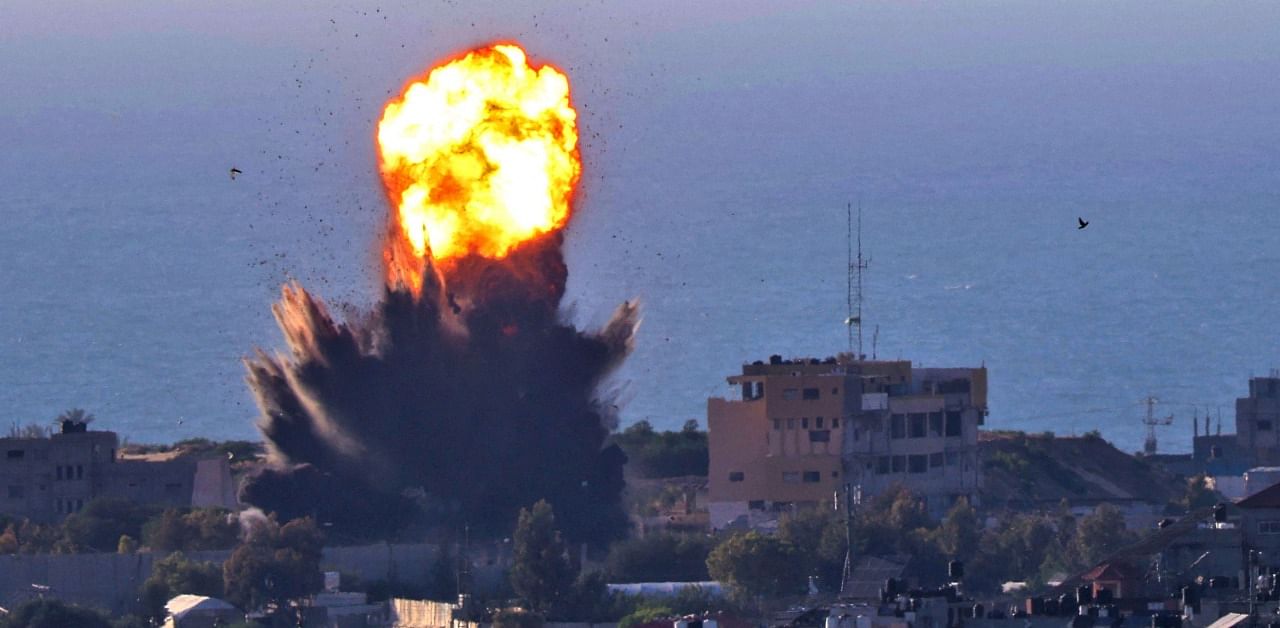
The geography of Palestine is marked by a separation between two regions- West Bank and Gaza. The former region owes its name to its positioning on the west of the Jordan river. It was named so after Jordan won this region in the 1948 Arab-Israeli War. The Gaza strip is a narrow strip of land on the coast of the Mediterranean Sea. After the 1948 war, it was placed under Egyptian control.
The volatile history of this Palestinian region dates back to the late nineteenth century when the Zionist movement gained popularity. Zionism is a political ideology that, drawing upon biblical inferences, asserts and organises around the belief that Palestine was promised to the Jews by God. Following the Nazi persecution of Jews during the reign of Hitler, the West- specifically Britain- began assisting the Zionist movement militarily, and partaking in the process of Jewish settlement building on Palestinian land.
Read more: Explained | What is a two-state solution?
The long twentieth-century process of Israeli settlement building (called “Kibbutzim” and “Moshavim”), and therefore Palestinian evictions and genocide, consolidated in the 1947 UN intervention (the UN Resolution 181) that called for a partition of Palestine and Israel. This partition was drawn up in favour of Jewish Israel- with 55 per cent of the land being attributed to them, as stated in an Al-Jazeera report.
Not only that, many of the cities had Arab-majority populations, along with the coastline from Haifa to Jaffa. This proposal was rejected by the Palestinians and eventually led to the 1948 Arab-Israeli War. The zionists were trained militants, having partaken in the second world war, and as per Al-Jazeera reports, by 1949 Israel had captured 78 per cent of Palestinian land.
The second Arab-Israeli War took place in 1967, and this is when Israel militarily occupied the rest of Palestine. This included the West Bank and Gaza. The UN Resolution 242 ordered Israel to withdraw from the territories it seized in the 1967 war, but this has been dismissed by Israel to this day. The Israeli state has since then embarked on a brutal colonial project- with 600,000 and 750,000 Jewish Israelis migrating to the West Bank and East Jerusalem, to the 160 settlements in the regions.
It is important to make a note here- the Israel government refuses to annex the West Bank, because that would diplomatically entail extending Israeli citizenship to the 3.1 million Palestinians who reside there.